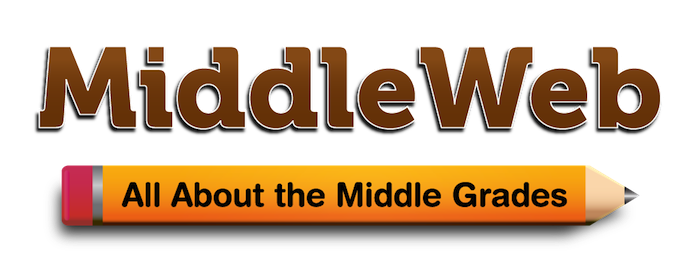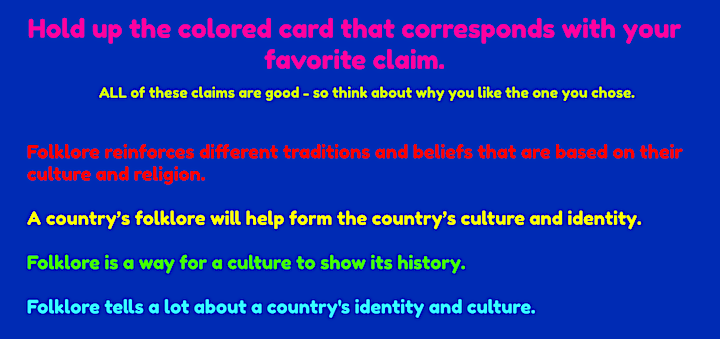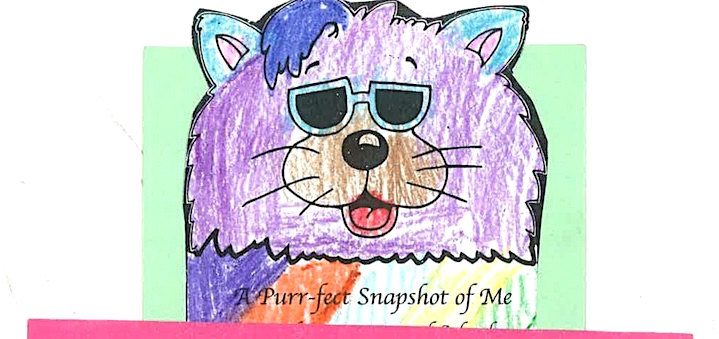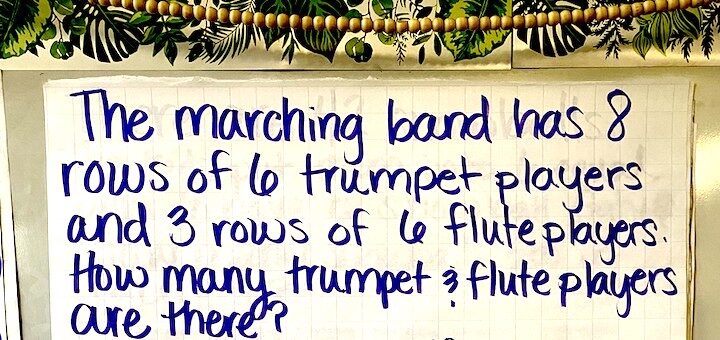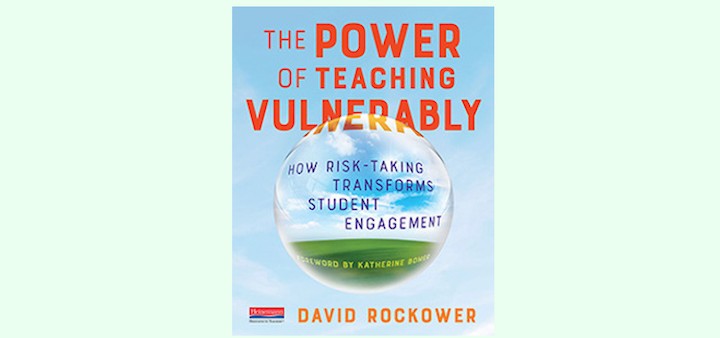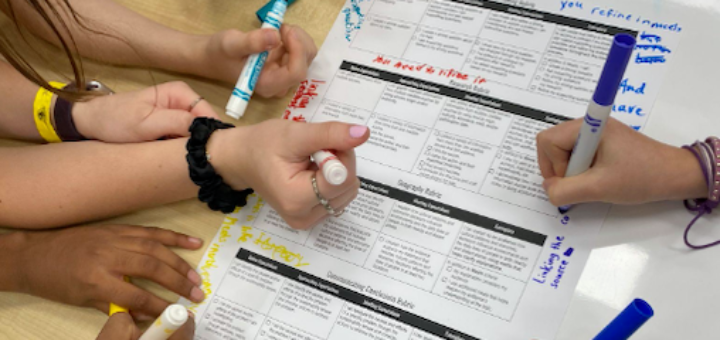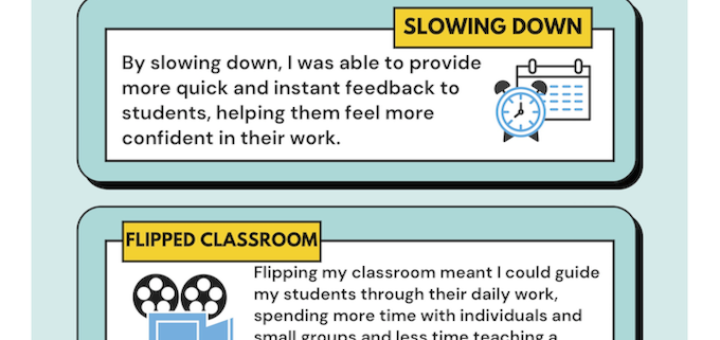Tagged: student engagement
At times we can be overwhelmed by all the fresh ideas we want to try out in a new school year. By narrowing her goals down to three top priorities, Megan Kelly aims to make lessons more meaningful for students, improve family engagement, and do better at tracking individual progress.
How is teaching like marketing? In student-centered classrooms, relatable lessons motivate students because they connect and have emotional appeal, writes teacher and former marketer Kelly Owens. In turn, engagement leads to purposeful work, supporting more on-task behaviors.
Middle grades math teacher Mona Iehl applies five of author Gholdy Muhammad’s strategies to unearth joy as her students experience the December classroom scramble. Mona suggests activities to help realize each strategy with your students. Try musical math and much more!
In The Power of Teaching Vulnerably David Rockower explains how personal, relational, and dialogic vulnerability can help educators build healthy classroom dialogue. Amy Estersohn would have liked more guidance for teachers facing job loss if they discuss sensitive topics.
The Multigenre Research Project approach lets students truly show their learning and mastery on any topic they choose to explore. Melinda Putz provides teachers across subject areas everything they need to help students go deeper than PBL, says MGRP user Erin Corrigan-Smith.
The more students interact with the rubric, the more ownership they take over it, writes Megan Kelly. Once they feel empowered by the rubric, they can use it as a tool to accomplish their goals rather than a means of judgment, putting them on the same team as the teacher.
Amid all the stress and organized chaos that comes with state testing, there can be bright moments that make everyone smile. AP DeAnna Miller shares how her school’s staff (and students) brightened their test season to encourage kids to do their best after a challenging year.
Co-editors John Norton and Susan Curtis highlight 15 of MiddleWeb’s most popular posts for middle level educators during the past 12 months. You’ll find articles that were new in 2021 or rediscovered and shared widely in this second “weirdest year ever.”
In this pandemic year Katie Durkin adopted 3 new practices she’ll be carrying forward: going paperless; slowing down the curriculum to provide more feedback to students; and using the Flipped Classroom model.
Education stakeholders agree that student engagement is essential. The challenge arises when we’re asked to define and measure it. Curtis Chandler shares a number of free methods and tools educators can use to measure three types: behavioral, emotional, and cognitive.
